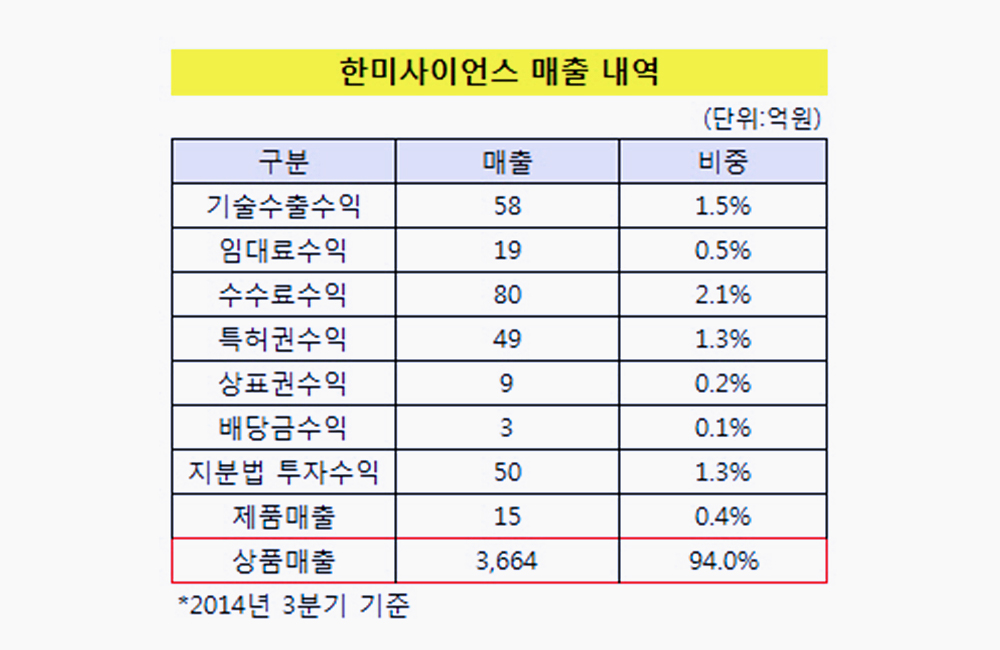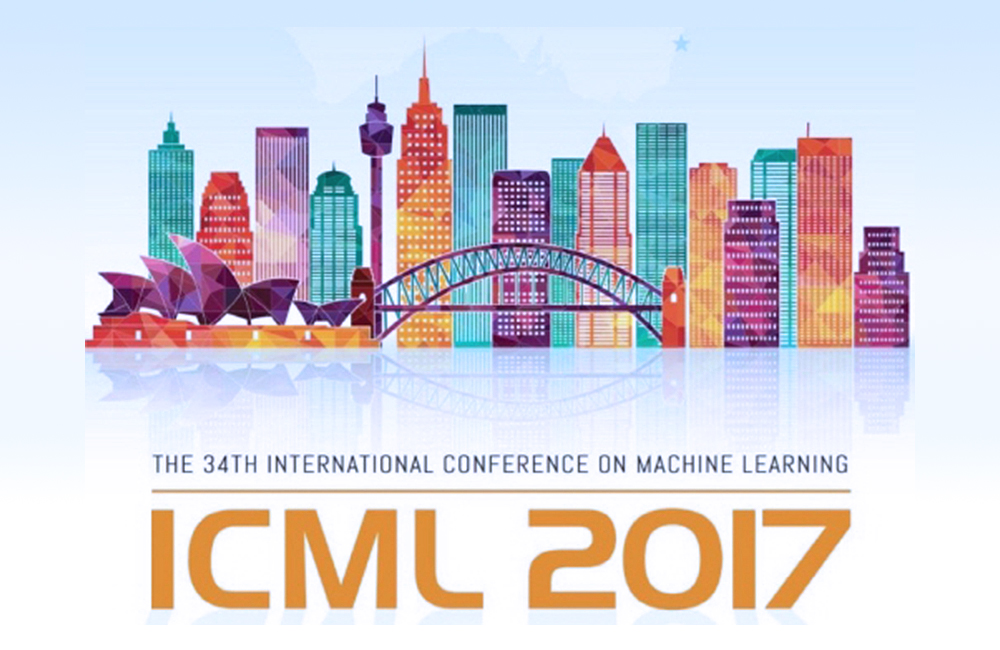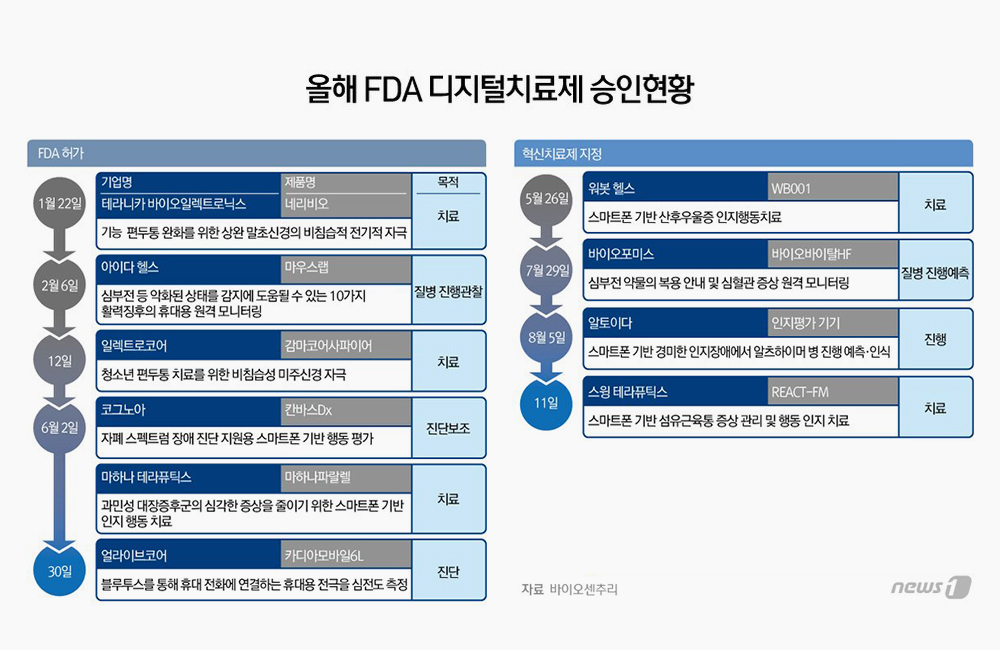Since its first documented case circa 3000 B.C., cancer has remained at the top of the list of most formidable diseases in human history, and continues to be a leading cause of death worldwide.
In 2020, nearly 10 million people lost their lives to this deadly disease, and the cost of cancer care in the U.S. alone reached a whopping $200 billion. Despite the gloomy picture painted by these statistics, we may now be at a turning point in our fight against cancer with the help of an unexpected ally: artificial intelligence (AI). Through the use of advanced data-driven algorithms, AI is revolutionizing the way we approach cancer diagnosis and treatment.
In most cases, cancers are initially detected on a radiology scan (e.g., a mammogram, chest X-ray, CT scan, MRI, etc.) and subsequently confirmed by pathological examination of the biopsied tissue. Recently, there have been numerous studies suggesting that AI technology has the potential to outperform human experts in detecting cancer in both radiology scans and pathology slides.
For instance, a systematic review of the medical literature published in the Lancet found the diagnostic performance of image-based deep learning models (which are computational models built by cascading multiple layers of artificial neural networks) to be “equivalent to that of health-care professionals.”
AI and cancer diagnosis: on par with human performance
Our own analysis of the data published in the Journal of Critical Reviews in Oncology/Hematology shows that AI models are on par with — and sometimes exceed — human performance in detecting, staging, and grading bladder tumors.
Trained on millions of examples, AI algorithms can find small, hard-to-detect patterns of malignancy that may have been missed by radiologists, especially at the early stages of the disease. Early diagnosis of cancer is of utmost clinical importance because it not only provides patients with a wider range of treatment options, but also drastically increases the likelihood of a favorable outcome.
For this reason, the discipline of pathology has emerged as one of the most promising application areas for the use of AI algorithms, where trained models can sift through very high-resolution pathology slides (consisting of tens of billions of pixels) in a matter of seconds, highlighting only suspicious regions of the slide for later review by a pathologist.
In the absence of such technology, pathologists must visually inspect every nook and cranny of a giga-pixel whole-slide image. Besides being extremely time-consuming and labor-intensive, it is possible for pathologists to overlook a few cancerous cells hidden within the normal tissue, thereby missing the chance to catch the disease at an early stage.
AI and cancer drug discovery
In addition to improving diagnosis, AI is also transforming cancer treatment by enabling the discovery of new drugs and therapeutics. Following the complete mapping of the human genome, AI models are now trained on massive amounts of genetic data produced by DNA sequencing technologies.
AI models combine these large amounts of genetic information and drug interactions data to identify potential drug targets and predict the efficacy of different treatment options. To date, AI-driven approaches have been used successfully to develop more effective therapeutics in a variety of cancers including pancreatic cancer, liver cancer, leukemia, and breast cancer, to name a few.
Another way in which AI is changing cancer treatment is through the use of reinforcement learning — a branch of AI which trains computational agents capable of operating intelligently in complex and dynamic environments. In 2016, a computer trained to play the game of Go — the oldest strategy board game played to this date — beat the strongest player in the world using reinforcement learning. In the context of cancer care, researchers have utilized reinforcement learning to optimize the delivery of radiation to tumors while minimizing exposure to the surrounding healthy tissues. This can lead to improving the effectiveness of radiation therapy while reducing the risk of side effects.
From early detection to personalized treatment plans, AI has the potential to greatly improve clinical outcomes for cancer patients. However, it is important to bear in mind that compared to the field of medicine with a history that spans millennia, AI as a technology is still in its infancy, and much research remains to be done before AI models can enter the mainstream of cancer care.









